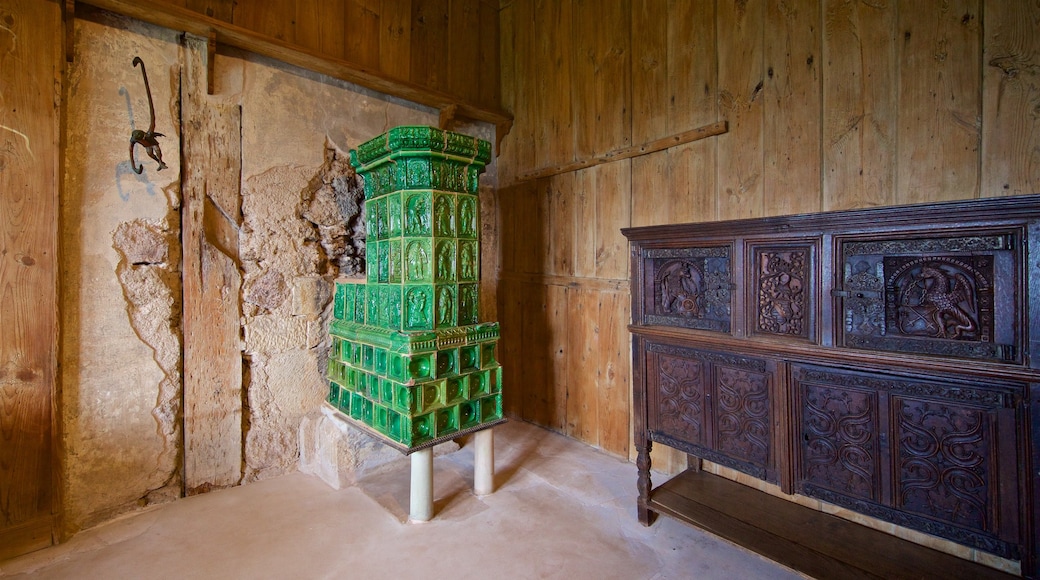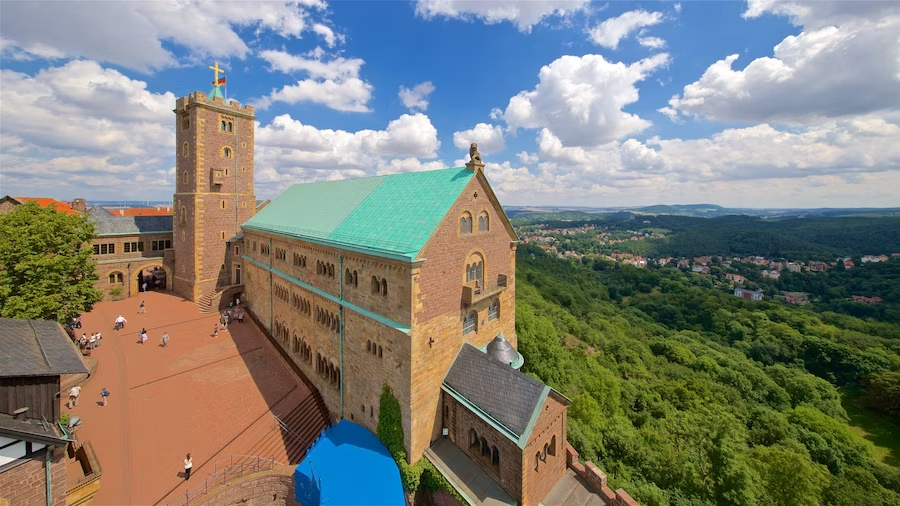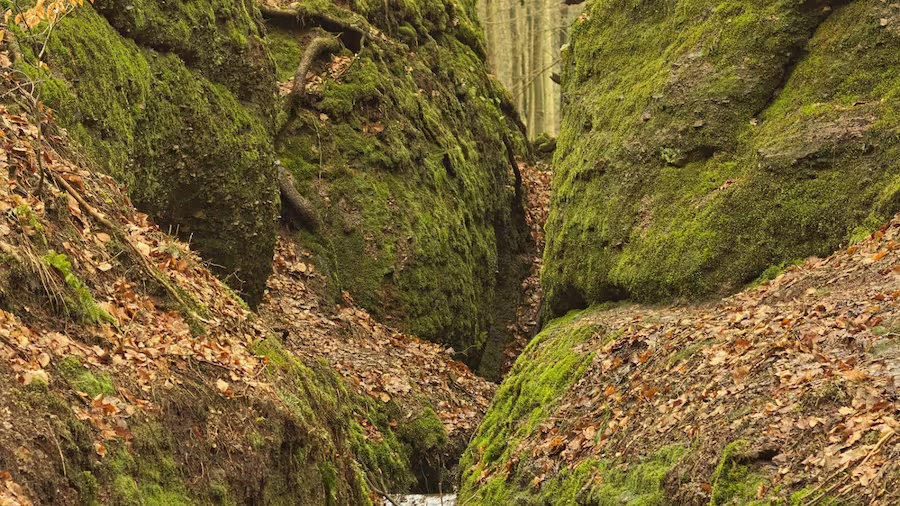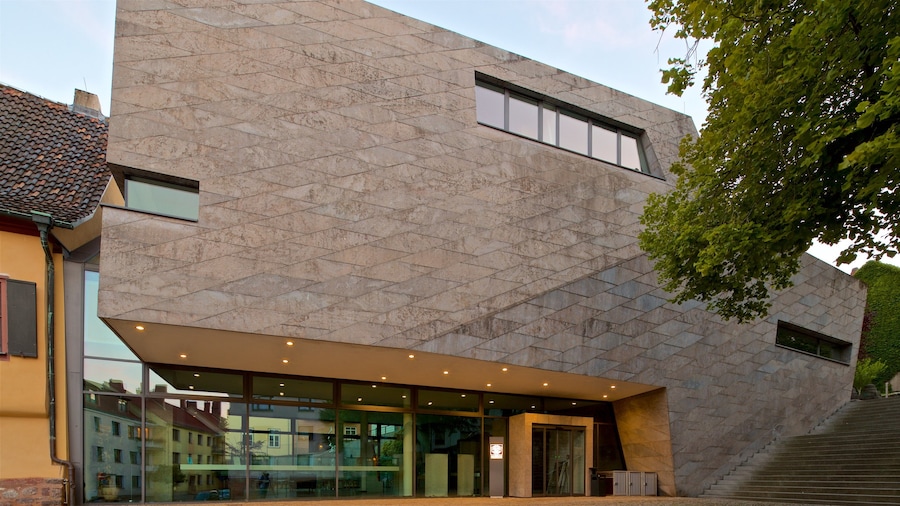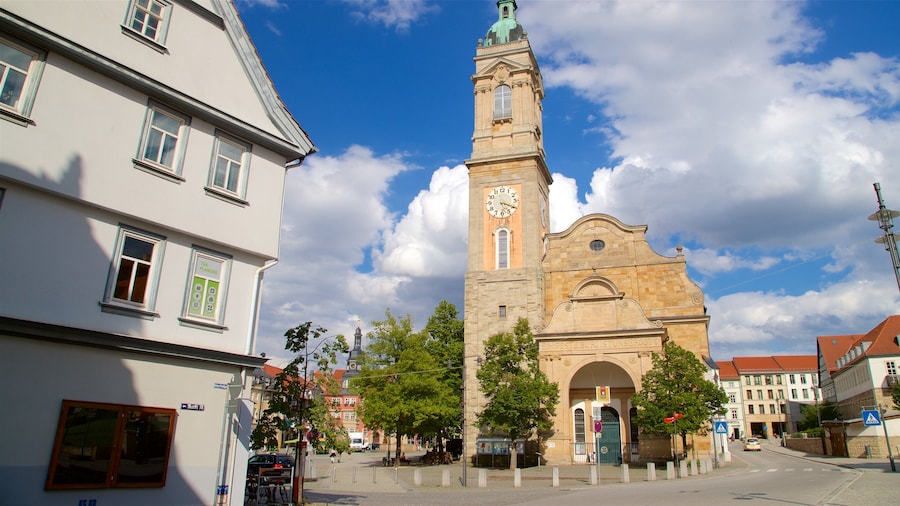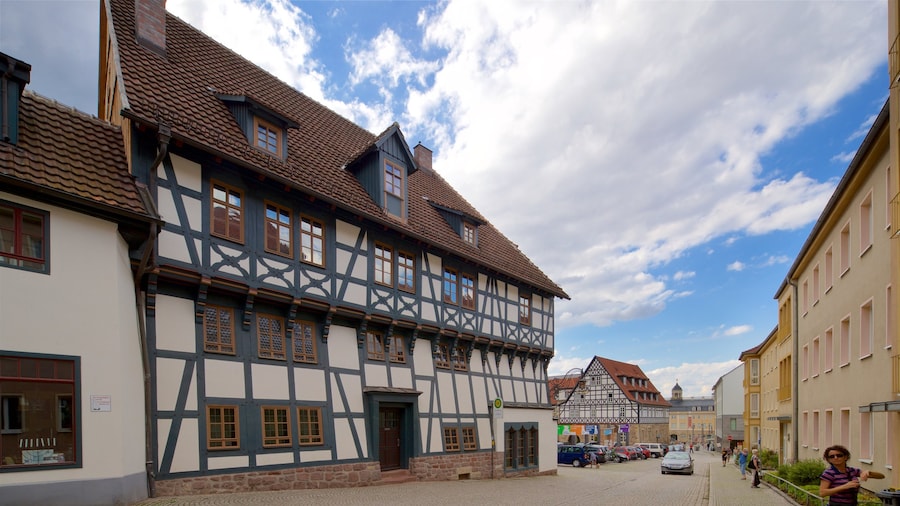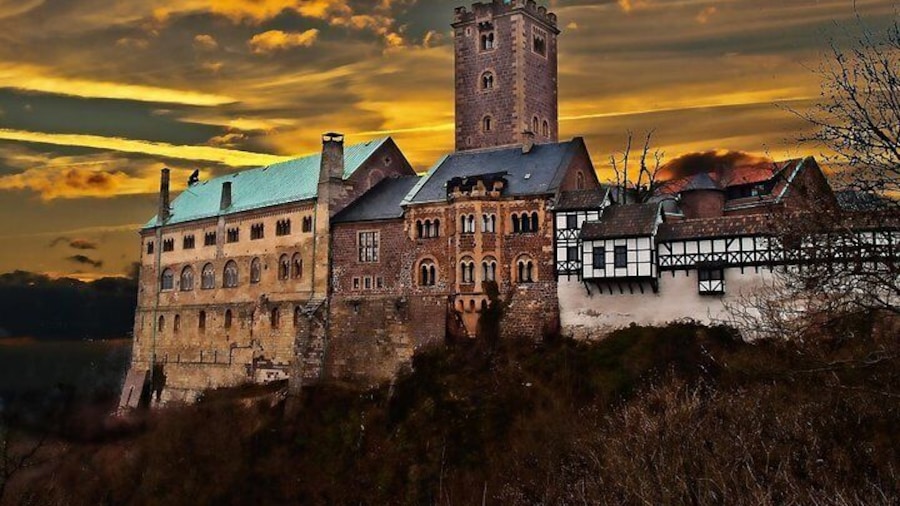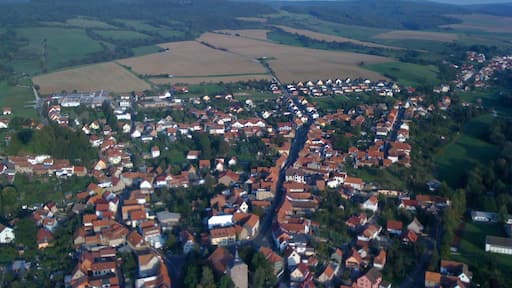At the foothills of the Thuringian Forest and the Hainich National Park, this picturesque town is the birthplace of Bach and childhood home of Martin Luther.
A charming town in the state of Thuringia, Eisenach is laced with history at every turn.
In the town centre you’ll find a wealth of traditional open spaces. Explore the Karlsplatz which adjoins the Nikolaikirche and the Nikolaitor, the only surviving city gate in the town, or take a stroll around the market square surrounded by the Georgenkirche, the Town Hall and the Wartburg Castle.
The town Palace situated to the north of the marketplace dates back to the 1750s, and was frequently occupied by Goethe in his role as prime minister of Weimar in the 1770s. The Town Hall of Eisenach used to be a wine cellar before it was converted in the late 16th century. Despite suffering damage during the Second World War, it has since been renovated to house the city’s administration.
Martin Luther grew up in this town. The half-timbered building known as the Lutherhaus is where he resided during his school days in the late 15th century. You can now visit the house, which stands as a museum equipped with exhibits about the life and times of Luther as well as his teachings.
That isn't the only Luther-related sight. Take in the Luther Monument, a large statue of Martin Luther situated on Karlsplatz and dedicated in 1896 to mark the 375th anniversary of his arrival at the castle.
Perhaps Eisenach’s most popular destination, Wartburg Castle is where Martin Luther translated the New Testament into German this was not the first translation of the Bible, but it swiftly became the best known and most widely circulated. The castle is built on a 1,230-foot (410-metre) precipice southwest of the town, and in 1999 was added to UNESCO’s World Heritage List.
It was also in Eisenach where composer J. S. Bach was born in 1685 and then spent the first ten years of his life. Find out more at the popular Bach House, a museum dedicated to his life, containing exhibits including a Bach music autograph. It is yet another reminder of Eisenach’s extraordinary contribution to German culture.




